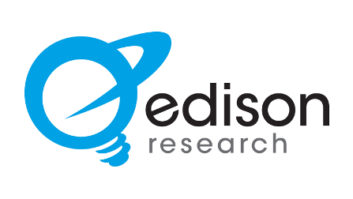Radio listening via digital platforms continues its steady, albeit slow, pace of adoption in the United Kingdom. According to audience survey results released today (Aug. 5 BST) by British audience survey company RAJAR, the weekly reach for digital radio was about 38.7% for April–May–June 2010, up from 35.0% in the same quarter of 2009. By comparison, weekly reach for all radio (analog and digital) was 90.6% for 2Q2010.
In total, about 24.6% of all radio listening in the United Kingdom, the Channel Islands and the Isle of Man is via a digital platform.
Breaking that number apart further, 15.8% of total listening is specifically via a DAB radio set, with the remaining digital listening being via a DTV platform (4.1%) or the Internet (2.9%). RAJAR was unable to determine a specific digital platform for the remaining 1.8% of total listening. While Internet radio listening was steady from 1Q2010, DAB and DTV saw small increases from the previous survey (0.7% and 0.1%, respectively).
The RAJAR survey also notes that 35.3% of British adults (15+) claim to have a DAB set in their home. That number is up slightly (2.3%) from the same quarter of 2009.
Comparing commercial broadcasters to the BBC, there was little difference in digital listening habits. Both sectors had 24.4% of total listening via a digital platform, although more BBC listeners were likely to use a DAB radio set (17.9% vs. 13.4%) and commercial radio listeners were slightly more likely to use a DTV platform (5.0% vs. 3.3%).
There was also a slight fluctuation in platform preference for both groups, compared to the 1Q2010 RAJAR survey. The BBC saw a percentage point more analog listeners in the second quarter, a rise from 66.3% to 67.3%, and a 0.2% drop in digital listening between the quarters.
Commercial radio, on the other hand saw a 0.4% drop in analog listening from 1Q2010 to 2Q2010, and a 1.5% increase in digital listening during the same period.
As part of the survey, RAJAR also asked respondents if they ever listened to radio via a mobile phone. Among all adults (15+), only 12.5% said they had. However, there was a significant age disparity in the results with 29.8% of 15- to 24-year-olds responding yes versus just 9.2% of those 25 and older. No breakdown of how mobile listening occurred (via FM, an app, webstream or other means) was provided.
In the MIDAS 6 survey of Internet-delivered audio services, released by RAJAR in July, the firm found that 20% of smartphone users, about 1.4 million people, had downloaded a radio app for their phone and 53% of them use the app at least once a week.












